Define the Plastids
Plastids are semi-autonomous cell organelles which are surrounded by double membrane envelope, take part in storage and synthesis of organic compounds which occurred in some plant and protistans.Plastidome consists of all the whole plastids complex of cell. Plastids are developed from colourless precursor of proplastids. It can be divided into three types- leucoplast, chromoplasts and chloroplast. Chromoplasts can be developed from proplastids, leucoplast and chloroplast. Plastids- are first discovered by Haeckel in 1866.
Plastids are the only cell organelles that present in the plant cells.
Structure of Plastids - Each chloroplast is surrounded by a double membrane envelope within the envelope matrix or stroma and thylakoids or photosynthetic lamellae is observed.Matrix contains crystallo- colloidal complex having 2 to 6 copies of circular or rarely linear chloroplast DNA (ctDNA), 70S ribosome, plastoglobuli, starch grains, granules of phycoferritin, enzymes of Calvin cycle etc.All plastids possesses naked DNA. Rubisco (ribulose bis phosphate carboxylase, RuBP or RuDP) is the most abundant enzymes of the biological world. Thylakoids are flattened sac like structure where the membrane are flattened sac like structure. At different places that are formed grana.Chloroplasts are having 40 to 60 grana with each of the granum having 10 to 100 thylakoids . Thus there is differentiation of granal and stromal thylakoids. Space present in a granal thylakoids is called loculus and that of stromal thylakoids is termed as fret channel.This contains the mobile parts of the electron transport chain embedded in a semifluid complex. Photosynthetic pigments formed two complexes called PS1 and PS 2. Photosystem 1 is present on stroma thylakoids and unapressed parts of granal thylakoids (photocentre is P700.). Photosystem 2 occurs in apressrd thylakoids part of grana(trap centre is P 680). Granada are not present in algae and bundle sheath of chloroplast of C4 plants.
Types of Plastids:
Leucoplast - This plastids are colour less plastids of various shapes that generally occurs in non green plant cells near the nucleus. Leucoplast get specialised into –
Amyloplast - It causes storage of starch.
Aleuroplasts - It causes storage of proteins.
Elaioplasts - It is associated with storage of fats.
Chromoplasts - This type of plastids - are other
than green colour which take part in the attractionsfor animals to flowers and
fruits for performing pollination and fruit dispersal. Changing of fruit colour
from green to yellow during ripening is the conversion of chloroplast to
chromoplasts.
Chloroplast - This type of plastids- are green in colour which take part in photosynthesis and temporary or permanent storage of food.
In green algae chloroplast are observed of different shapes and sizes but for higher plants it is of disc shaped with diameter of 2to 4 micrometres in thickness. Chlorophyll a,b etc.
Functions of Plastids:
Functions of plastids are following-
1. Chloroplastids are associated with photosynthesis of plants.
2. Green algae contains a special structure within their chloroplast for storage offood in the form of starch. This is called pyrenoid.
3. Different colour full plastids are there that attracts bees, butterfly,insects and help in pollination of plants. As a result flowers are converted into fruits .
From Define the Plastids to HOME PAGE
Recent Articles
-
Eleventh Grade | Eleventh Grade Science | Eleventh Grade Math
Jun 27, 25 12:26 AM
Eleventh grade biology has been designed in accordance with the recommended topics. We will cover all the topics in biology very exciting and interesting way. -
Explain Digestion of Food | Salivary Glands | Oesophagus | Stomach
Jun 27, 25 12:20 AM
Before the digestion is start by the different enzymes secreted from the different digestive glands food must be turned and chut or mixed with saliva inside the mouth. -
Explain Human Digestive System | Mouth | Tongue | Pharynx | Teeth
Jun 21, 25 01:15 PM
Digestive system is a system of alimentary canal and digestive glands. Alimentary canal- alimentary canal is a tube of variable diameter having muscular wall and glandular epithelial tissues which sta… -
Vernalisation in Plants | Definition | Mechanism | Devernalization |
Jun 18, 25 01:34 PM
Definition of vernalisation- The change of flowering habit due to the low temperature treatment is known as vernalisation. This is a physiological process which was denoted by Clipart in 1857 invite b… -
The Food We Eat | Food we Get from Plants and Animals | Carbohydrates
Jun 15, 25 03:20 PM
What are the food that we should eat? Find out the names of ten food items in the word maze. Write the names in the correct column of the table given below. Food we get from plants Food we get from an…
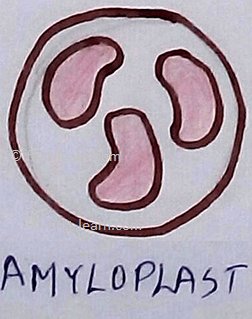
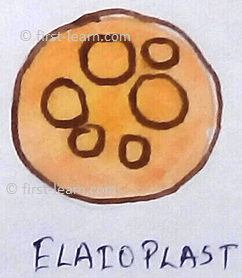
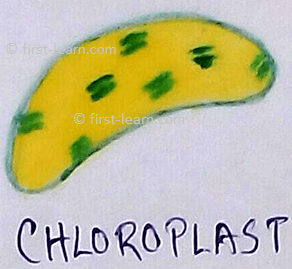
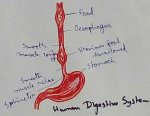

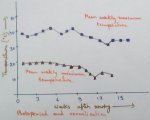
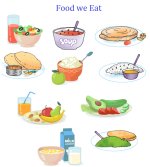
New! Comments
Have your say about what you just read! Leave me a comment in the box below.